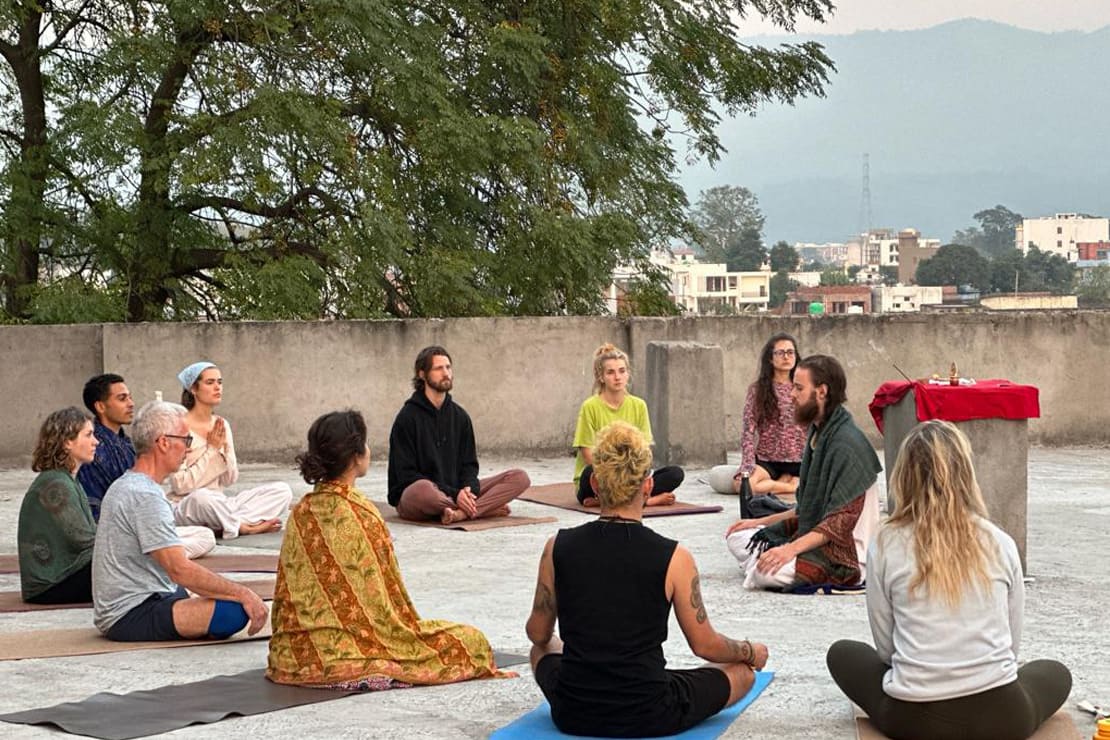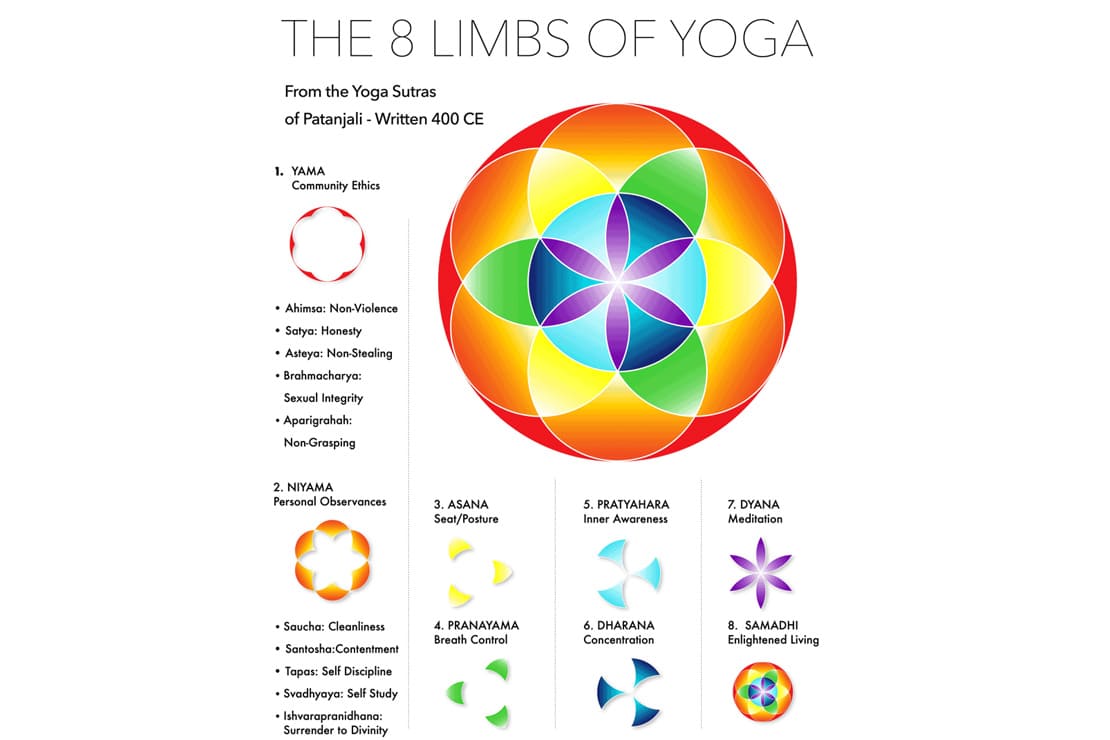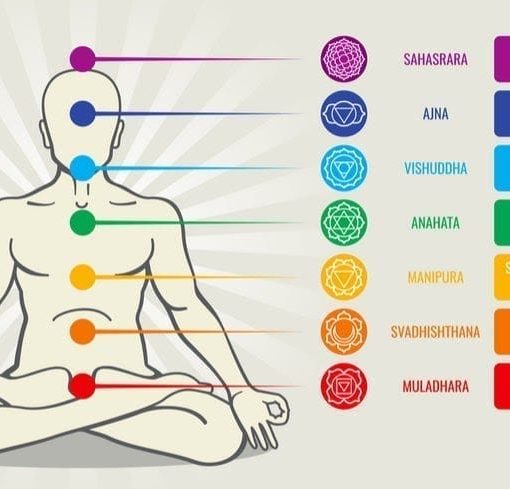Introduction
Embarking on a journey to unravel the depths of yoga philosophy is akin to delving into a profound tapestry that weaves together ancient wisdom and modern well-being practices. In this article, we aim to provide an exhaustive overview of the multifaceted aspects that constitute the essence of yoga philosophy.

The Roots of Yoga
Historical Evolution
Yoga’s origins can be traced back to ancient India, where it emerged as a holistic system for harmonizing the mind, body, and spirit. Rooted in the Vedas, the earliest sacred texts, yoga evolved over thousands of years, encompassing various schools of thought and practices.
Philosophical Foundations
Yoga philosophy is grounded in several key texts, notably the Yoga Sutras of Patanjali. Patanjali’s systematic exploration of the eight limbs of yoga, including ethical guidelines (Yamas and Niyamas), physical postures (Asanas), and breath control (Pranayama), serves as the foundational framework for understanding the philosophy.
The Eight Limbs of Yoga

Yamas: Ethical Principles
- Ahimsa (Non-violence): Embracing compassion and avoiding harm to oneself and others.
- Satya (Truthfulness): Commitment to honesty and authenticity in thoughts, speech, and actions.
- Asteya (Non-stealing): Respecting others’ possessions and refraining from coveting.
Niyamas: Personal Disciplines
- Saucha (Purity): Purifying the body and mind through cleanliness and clarity.
- Santosha (Contentment): Cultivating inner peace and gratitude.
- Tapas (Discipline): Fostering self-discipline for personal and spiritual growth.
Asanas: Physical Postures
The practice of physical postures, or asanas, not only enhances physical well-being but also serves as a gateway to mindfulness and self-awareness.
Pranayama: Breath Control
Conscious regulation of breath, known as pranayama, is a transformative practice that connects the body and mind, promoting mental clarity and emotional balance.
Pratyahara: Withdrawal of the Senses
By withdrawing the senses from external stimuli, practitioners can turn inward, fostering introspection and concentration.
Dharana: Concentration
Dharana involves cultivating unwavering focus, a crucial step towards meditation and self-discovery.
Dhyana: Meditation
The sustained focus achieved in Dharana naturally transitions into meditation, leading to profound states of inner stillness and heightened awareness.
Samadhi: Union with the Divine
The pinnacle of the eight limbs, samadhi represents a blissful state of oneness with the universe, transcending individual identity.
Modern Applications of Yoga Philosophy
Mind-Body Connection
In today’s fast-paced world, yoga philosophy offers a respite, fostering a deepened connection between the mind and body. Scientifically validated benefits include stress reduction, improved cognitive function, and enhanced emotional well-being.
Corporate Wellness
Recognizing the positive impact on employee well-being, many forward-thinking companies are incorporating yoga philosophy into workplace wellness programs. Emphasizing mindfulness and stress reduction contributes to a more productive and harmonious work environment.
Conclusion
In conclusion, the richness of yoga philosophy extends beyond a mere physical practice, offering a comprehensive guide to leading a balanced and fulfilling life. As we navigate the intricacies of the eight limbs, we uncover a transformative journey toward self-discovery and holistic well-being.





